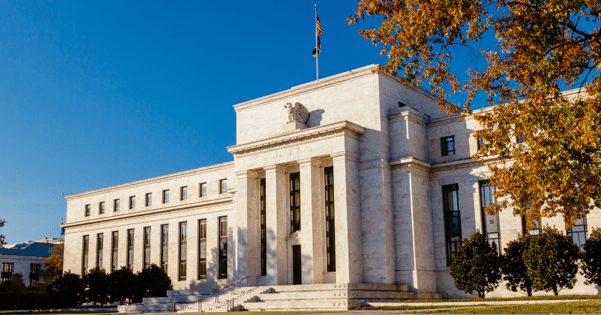Fed is expected to begin tapering in December at a pace of $15 billion a meeting, with a $10 billion and $5 billion split between Treasuries and mortgage-backed securities.
An earlier move and a faster pace would signal that the Fed wants to open a path to an earlier rate hike, as policymakers seem to be placing a greater emphasis on the risks from high inflation or elevated housing prices.
After a very disappointing August jobs report, consumer price data for the month will be the focal point this week. Watch for any signs that inflation is running hotter than expected by the Federal Reserve. If the latest producer price index can tell us anything about CPI, and recent data suggest an almost 1:1 relationship, we should foresee continued elevation in inflationary pressures.
Amid new supply bottlenecks, the price jumps in some newly affected categories would offset reduced pressure in categories like cars and construction material. As such, we can anticipate an above-consensus print for the year-on-year CPI, which will be released tomorrow.
At its September meeting, the FOMC will be deliberating on how to best handle tapering asset purchases in the middle of higher-than-expected inflation and a weaker-than-anticipated labour market. Some of the key questions facing the Fed: Is the deceleration in the labour-market recovery a temporary bump? Is the upside risk on its baseline inflation prediction materialising?
Other indicators released this week will also provide more information on answering these questions. Retail sales on Thursday and the University of Michigan consumer sentiment index on Friday will reveal whether the weakness in July continued into August. We believe these data will reveal similar results as the delta variant did not peak until late last month. Jobless claims on Thursday will give more clues on the strength of the labour-market recovery. On Tuesday and Wednesday, NFIB Small Business Optimism Index and the Empire State Manufacturing Survey will provide more clarity on compensation plans, hiring difficulties and price pressures.
In short, we expect the August CPI to hold at 5.4% year over year, a tenth stronger than the consensus. Though the bulk of acceleration has passed, storm damage and chip shortages mean coming months are now likelier to test the upper end of the 5.0%-5.5% range that defines our current H2 baseline.
Fullerton Markets Research Team
Your Committed Trading Partner















